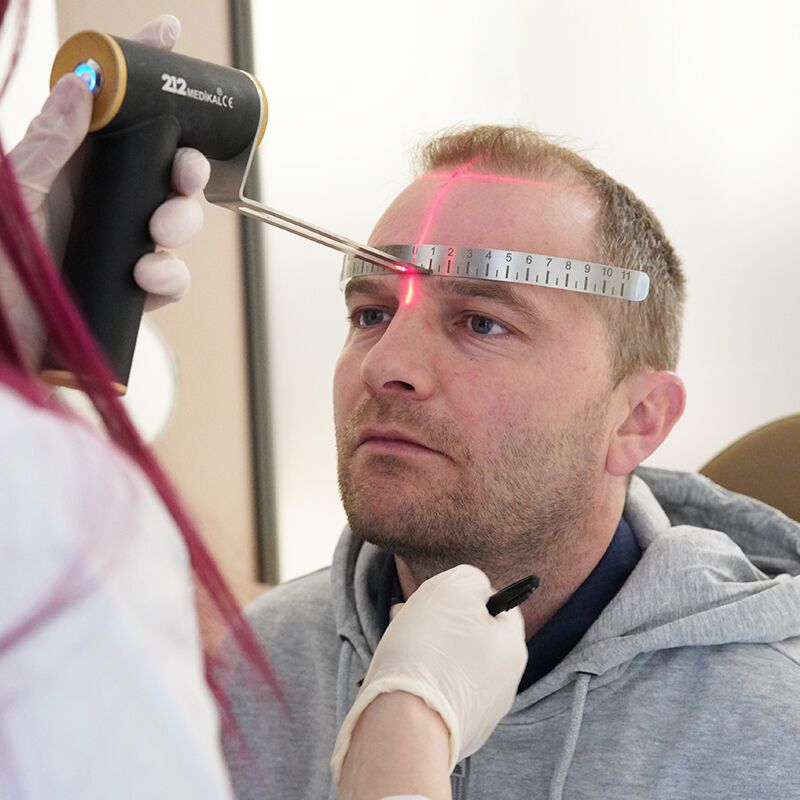Hair loss has long been a concern for millions worldwide, impacting confidence and self-esteem. As technology advances, so do the methods to combat this issue effectively. In 2025, hair restoration has evolved into a sophisticated blend of art and science, offering solutions that are more natural, less invasive, and longer-lasting than ever before. If you’re exploring options to restore your hairline or fill thinning areas, it’s essential to understand what modern hair transplant procedures entail.
The Evolution of Hair Restoration Techniques
The journey of hair restoration has come a long way from early, often rudimentary methods. Today, the industry boasts state-of-the-art techniques that focus on precision and natural appearance. Traditional methods, such as the strip harvesting technique, have been largely replaced or supplemented by Follicular Unit Extraction (FUE), a minimally invasive method where individual hair follicles are harvested and implanted in balding areas. This method has gained immense popularity due to its minimal scarring and quicker recovery time.
In 2025, advances in robotic-assisted technology have enhanced the precision of FUE. These machines use AI to identify and extract the healthiest follicles, improving graft survival rates and reducing human error. Additionally, stem cell therapy and platelet-rich plasma (PRP) treatments are now being integrated with transplant procedures to stimulate scalp health and promote faster hair growth.
Who Is an Ideal Candidate?
Hair transplant procedures are not one-size-fits-all solutions. The best candidates are usually those with stable hair loss patterns, adequate donor hair (typically from the back or sides of the scalp), and good overall health. Age is less of a limiting factor now, thanks to improved techniques and better understanding of hair loss progression.
However, people with diffuse hair thinning or certain medical conditions may not be ideal candidates. Consulting with a certified specialist is crucial to determine if the procedure is right for you. The specialist will evaluate your hair density, scalp condition, and medical history to create a customized treatment plan.
What to Expect During the Procedure
A typical hair transplant procedure in 2025 has become much more patient-friendly. The process usually starts with a detailed consultation where your goals and expectations are discussed. On the day of the surgery, local anesthesia is administered to numb the scalp, making the experience virtually painless.
The extraction phase, especially with FUE, involves removing individual hair follicles carefully. This is followed by the implantation phase, where these follicles are placed strategically to mimic natural hair growth patterns. Depending on the extent of hair loss, the procedure may last anywhere from 4 to 8 hours, sometimes divided into multiple sessions.
New technologies have also improved the design of recipient sites, ensuring that implanted follicles receive optimal blood supply and grow in the correct direction. This attention to detail helps achieve a fuller, more natural-looking hairline.
Recovery and Aftercare
Post-procedure care is crucial for the success of the transplant. In 2025, most clinics provide comprehensive aftercare kits and virtual follow-up consultations to monitor progress remotely. Swelling and mild discomfort typically subside within a few days, and scabbing around the graft sites heals within a week or two.
Patients are advised to avoid strenuous activity, direct sun exposure, and harsh hair products during the initial healing phase. Most can return to work within a couple of days, making it a convenient option for people with busy lifestyles.
New advancements in wound healing and anti-inflammatory medications have significantly shortened recovery times. Additionally, combining hair transplants with supportive therapies like PRP injections can speed up follicle growth and enhance overall results.
Cost and Accessibility in 2025
Cost remains an important consideration for many seeking hair restoration. In 2025, while prices vary depending on the clinic, geographic location, and technique used, there is a broader range of options to fit different budgets. Robotic-assisted and advanced FUE procedures typically come at a premium, but many clinics now offer financing plans and package deals.
Furthermore, teleconsultations and virtual assessments have made expert advice more accessible globally, reducing the need for multiple in-person visits. This digital shift has democratized access to high-quality care, allowing more people to benefit from the latest hair restoration advances.
The Future Outlook
Looking ahead, the field of hair restoration is poised for even more exciting innovations. Researchers are exploring gene therapy and bioengineered hair follicles as potential next-generation treatments. These could provide permanent solutions without the need for surgical intervention.
For now, 2025 offers some of the best options in terms of safety, effectiveness, and aesthetic results. With careful planning and realistic expectations, anyone dealing with hair loss can find a solution tailored to their needs.

Comments on “Everything You Need to Know About Hair Transplant Procedures in 2025”